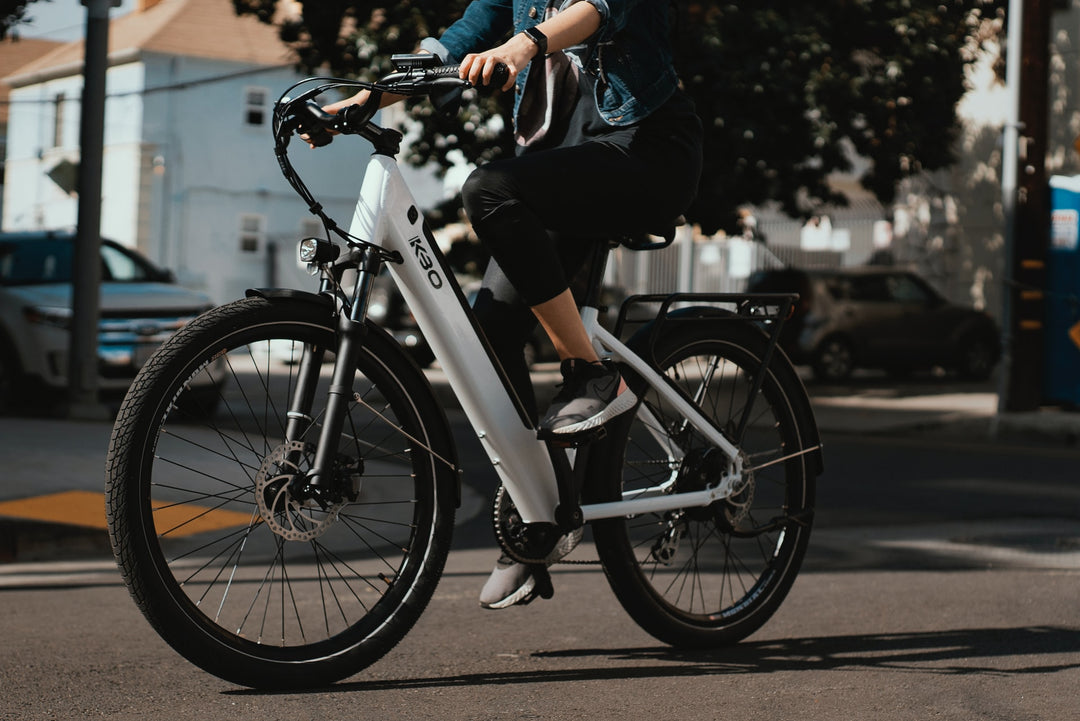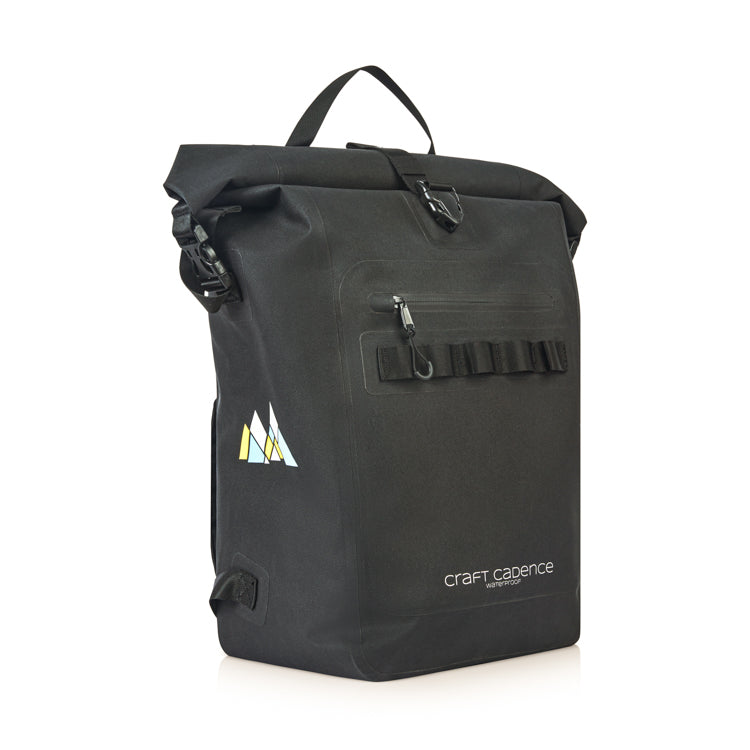Cycling PM2.5 masks vs surgery masks - which is better at filtering particulate matter?
One common question that people ask is, how does a cycling mask compare with a surgical mask at blocking particulate matter?
This is a difficult question, and depends on a couple of important variables:
- What is it you are trying to block
- How good is the fit of the mask (are you wearing it properly)
A notable study was conducted by a team at the University of Edinburgh that looked at this in detail, comparing how cycling and surgery masks fared at blocking air pollution.
What were the masks trying to block?
In this study, the scientists looked at the effectiveness of a range of masks at blocking pollution particulate matter. The scientists used a diesel generator to simulate car exhaust, piping the exhaust directly through the mask to assess the penetration rate (i.e. the % of particles that made it through the mask).
The particles that they assessed were as small as 0.007 micrometres (microns). For context, a PM2.5 mask is designed to block any particulate matter equal or great than 2.5 microns (i.e. 3% of the diametre of a strand of hair). Therefore, for a cycling mask rated PM2.5, they were essentially checking how well a cycling mask could block particles 357 times smaller than what the mask is designed to block against.
For further context, when one coughs, respiratory droplets larger than 5 microns are released within 1-2 metres, while smaller droplet particles less than 5 microns can remain airbone for longer distances and periods if the room is enclosed and not ventilated.
How good is the fit of the mask?
For the test involving a diesel generator, the study did not obviously fit the mask on a human being. Therefore the results of the study assumes that one fits the mask perfectly as prescribed by the manufacturer.
The study did supplement the diesel generator test with a test involving human beings. They tested 15 subjects, wearing a highly efficient respiratory mask at all times outside, including a 2 hour walk within the city centre of Beijing. The results showed significantly reduced exposure to air particulate matter, leading to reduction in blood pressure and incidence of acute cardiovascular events.
The studies also found that subjects can get used to wearing the masks, while they did report slightly greater difficulty breathing, overall it did not reduce the level of exercise conducted by the subjects. This shows that it is possible to "train" people to not only wear the mask with the correct fit, but for prolonged periods as well.
Results
In terms of the diesel generator test, the scientists found that most forms of masks did a surprisingly good job at blocking tiny particulate matter, even those below 2.5 microns. See chart below.

Only 20% of particulate matter was able to penetrate the humble surgical mask, meaning that it was effective at blocking 80% of tiny particular matter below 2.5 microns. Cycling masks were generally more effective than surgical masks. Three of the cycling masks tested blocked 85%-88% of particulate matter, outperforming the surgical mask. This is not surprising as a cycling mask is pm2.5 rated and fully wraps around tightly compared to a surgical masks, which is exposed in a number of areas. There was an outlier in terms of Cycling Mask C, which was only able to block 55% of particulates. Unfortunately, we are not able to confirm the specification of Mask C. The best performing mask were the dust respiratory masks, which are able to block 97-99% of particulate matter. However, these are also the most uncomfortable masks to wear for a prolonged period of time.
Combining the two masks
Some users have also asked if combining a surgical mask with a cycling mask would further increase the ability to capture particulate matter. No studies have looked at this in detail but having a mask over the surgical mask can extend the life of a single use surgical mask and may considered in situations where your riding is not particularly intense and you would like to have the additional peace of mind that the additional masks brings you. However, if your priority is to protect yourself from particulate matter and you do not mind the discomfort, you should probably just use a N95 or N99 respiratory mask.
Wrap up
A scientific comparison between a cycling mask and a surgical mask appears to show that in general, cycling masks are more effective than surgery masks at filtering particulate matter, which is not wholly surprising as that is the main function of a cycling mask. The surgical mask however was surprisingly effectively at filtering particulate matter itself.
Craft Cadence face mask with nanofiber technology
Craft Cadence is pleased to announce that our new V2 ViralOff face masks will come with both a sewn in N99 certified nanofibre filter, and the option to insert removable N99 certified nanofibre filters to further prolong the life of the mask. This is the first mask in the world (that we are aware of) to have both options available.
Most mask provider will either have the filters sewn in but not the option to insert removable filters, or allow for removable filters without a sewn in filter.
The reason why we are providing both is that a sewn in filters provides the best filtration efficiency possible as the filter covers more surface area and because it is sewn in, there is no chance for the filter to move around.
We also added a filter pocket to use removable filters further down the line because we think it is wasteful to throw away a mask once the sewn in filter has reached the end of its useful life.
We think it is the right thing for the environment to continue using the mask with removable filters for as long as it is possible. We make less money this way but it is the right thing to do.
In summary, our V2 ViralOff reusable mask will come with the following layers, soon to be released in April/May 2021:
- Layer 1: ViralOff antiviral technology on outer layer made from recycled polyester
- Layer 2: Nanofiber FFP3 (N99 equivalent) certified filter sewn in between 2 fabric layers
- Layer 3: Stays Fresh anti-odour and antibacterial inner layer from recycled polyester
- Layer 4: An additional Stays Fresh recycled polyester layer to create a filter pocket
We are also pleased to be able to provide on request:
- The FFP3 (N99) certified report of our nanofiber filters
- An internal wash report which shows that the filter loses 2% of the filtration efficiency after 10 washes. We will look to gain third party certification of the after wash filtration efficiency of the filter in the future.
- Our Polygiene ViralOff laboratory results and certification, showing that our outer layer eliminates 99% of viruses within 2 hours, including SARS-Cov-2.



